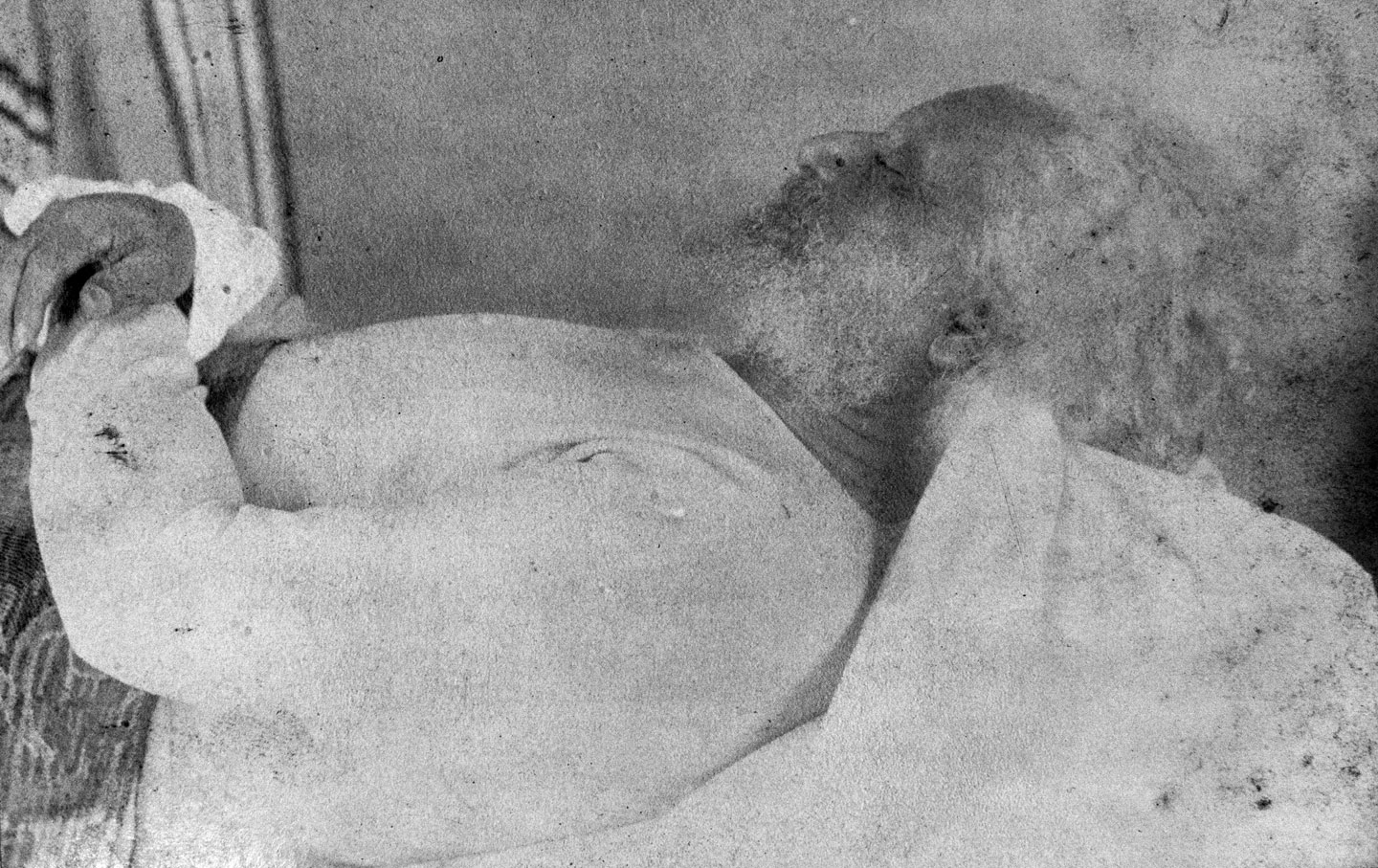Damien Shen: On the Fabric of the Ngarrindjeri BodyPosted in Articles, Arts, Asian Diaspora, Live Events, Media Archive, Oceania on 2016-09-18 22:23Z by Steven |
Damien Shen: On the Fabric of the Ngarrindjeri Body
Kluge-Ruhe Aboriginal Art Collection of the University of Virginia
400 Worrell Drive
Peter Jefferson Place
Charlottesville, Virginia 22911
September 2016
The only museum in the United States dedicated to the exhibition and study of Australian Aboriginal Art
September 9 – December 18, 2016
On the Fabric of the Ngarrindjeri Body is an exhibition of drawings, prints and photographs by artist Damien Shen (Ngarrindjeri, Chinese). Shen began unearthing stories of his Aboriginal ancestry after the death of his grandmother. While researching historical records, he discovered that the skeletal remains of more than 500 Ngarrindjeri people had been stolen by an Australian coroner and sent to a scientist in Scotland for the purpose of comparative anatomy. Shen has drawn portraits of both men, along with that of Boorborrowie, a Ngarriindjeri man whose remains were later repatriated to Australia. Through these works, Shen exposes this buried history and questions the acclaim given to men of science.
Believing that the removal and scientific analysis of human remains divorces the body from its spirit, Shen uses his art practice to “reintroduce the spirit.” The exhibition takes its title from an etching in which Shen has superimposed customary Ngarrindjeri body paint designs onto a figure drawn in the style of 16th century European anatomical drawings. In drawing these designs, which are also shown in the photographs of Shen being painted for the first time, the artist celebrates the unity of the spirit and body in Ngarrindjeri culture…
For more information, click here.




